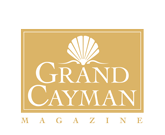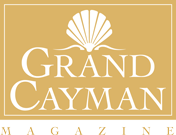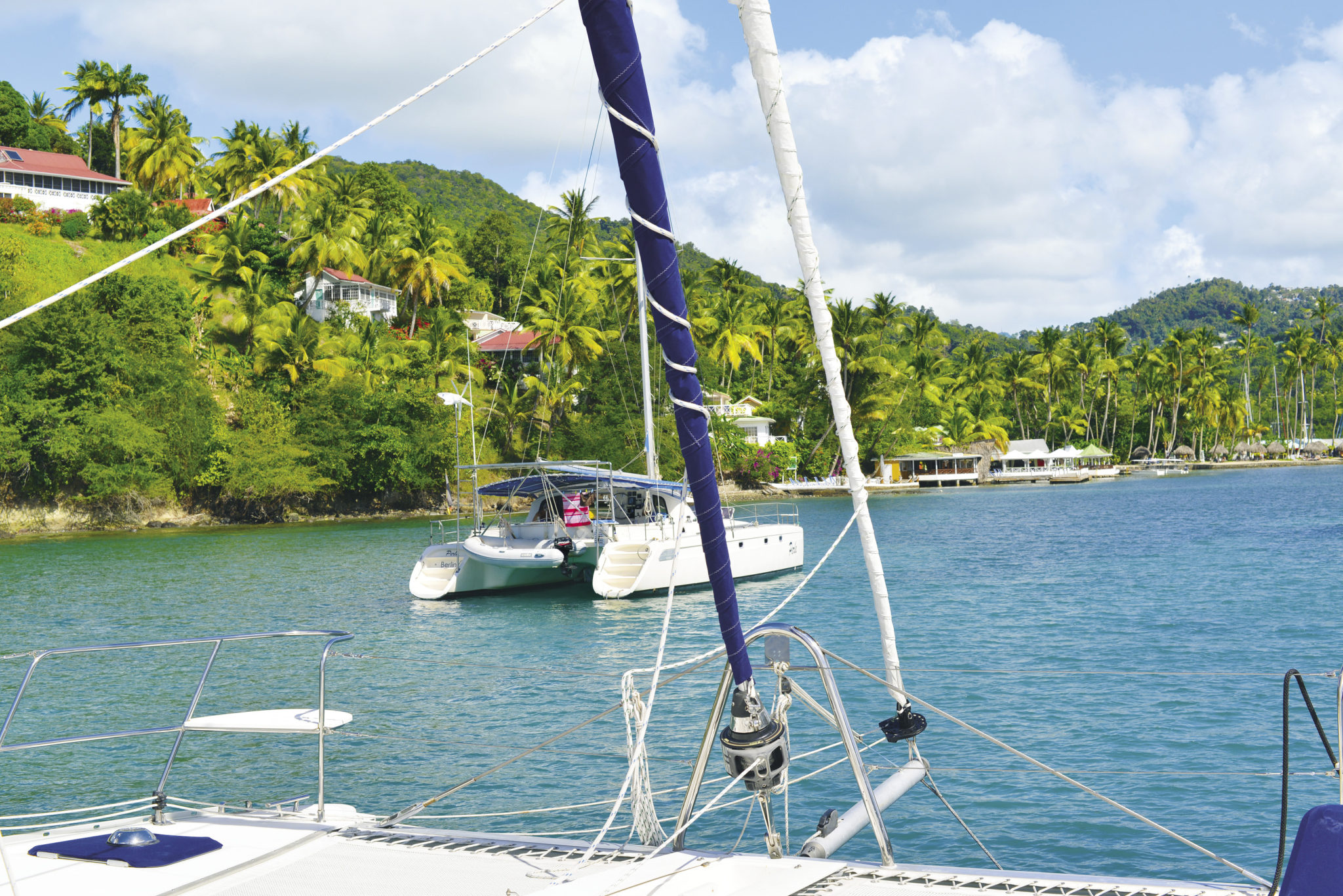For many, the dream of buying a sailboat and traversing the waters of the Caribbean is just that: a dream. However, Cayman physician Dr. Richmond-Peck and his wife Sheila have made the dream come true, and have now spent many weeks island-hopping through the eastern Caribbean.
Their travels have taken them from the mountains of Dominica to the quiet, underdeveloped Barbuda, leaving them with unforgettable memories of unique cuisine and cultures.
What follows is a first-person account from Richmond-Peck of just some of their adventures.
“Bonjour captain!” It was early morning and someone was banging on our hull. We had dropped anchor the evening before at Salt Whistle Bay in the Tobago Keys.
“We have fresh baguettes and croissants,” came the voice from the outside.
The baguettes were indeed freshly baked and still warm. Together with some fresh coffee, it all made a good start to another adventurous day.

Argentina to the Caribbean
Our 44-foot Antares Catamaran had now become our second home. Our “shakedown” cruise had been a 5,500-mile sail from Argentina and by now the two of us were comfortable handling the boat without crew. We were prepared to deal with whatever nature threw at us.
In the Windward Islands of the southern Caribbean we had constant 20 to 25 knot winds every day. On occasion, they would gust to the low 30s and on a bad day we would have 15-foot seas. Despite all of this, the boat handled perfectly, and we never felt that we were in any danger.
Even though we are fortunate to have a state-of-the-art navigation system, we always plan to make landfall in daylight.
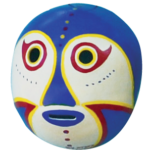
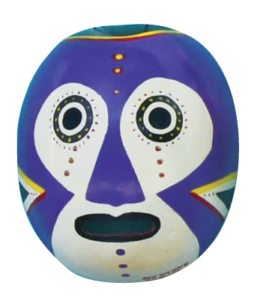
While on our trip from Trinidad to Grenada, we ran into some pretty nasty weather. We were several hours behind schedule and arrived in the early hours in total darkness. We had rocks to clear and of course that is when we realized we had not correctly configured the map software for the Caribbean region. After a few tense moments, I remembered my new iPad had real-time GPS capability. We successfully cleared the shoal, navigated to Prickly Bay and dropped anchor with a sigh of relief.
Ironically, we are now seeing the iPad replace the expensive chart plotters in many of the more financially challenged sailboats.
Clearing customs, immigration, the Coast Guard and police was a real chore in South America. Often it involved half a day of taxi rides, as all were in different locations. In the Caribbean, this can usually be done at customs and immigration on the computer. The French islands allow you to check in and out on a computer at one of the locally designated cafés for about two Euros.
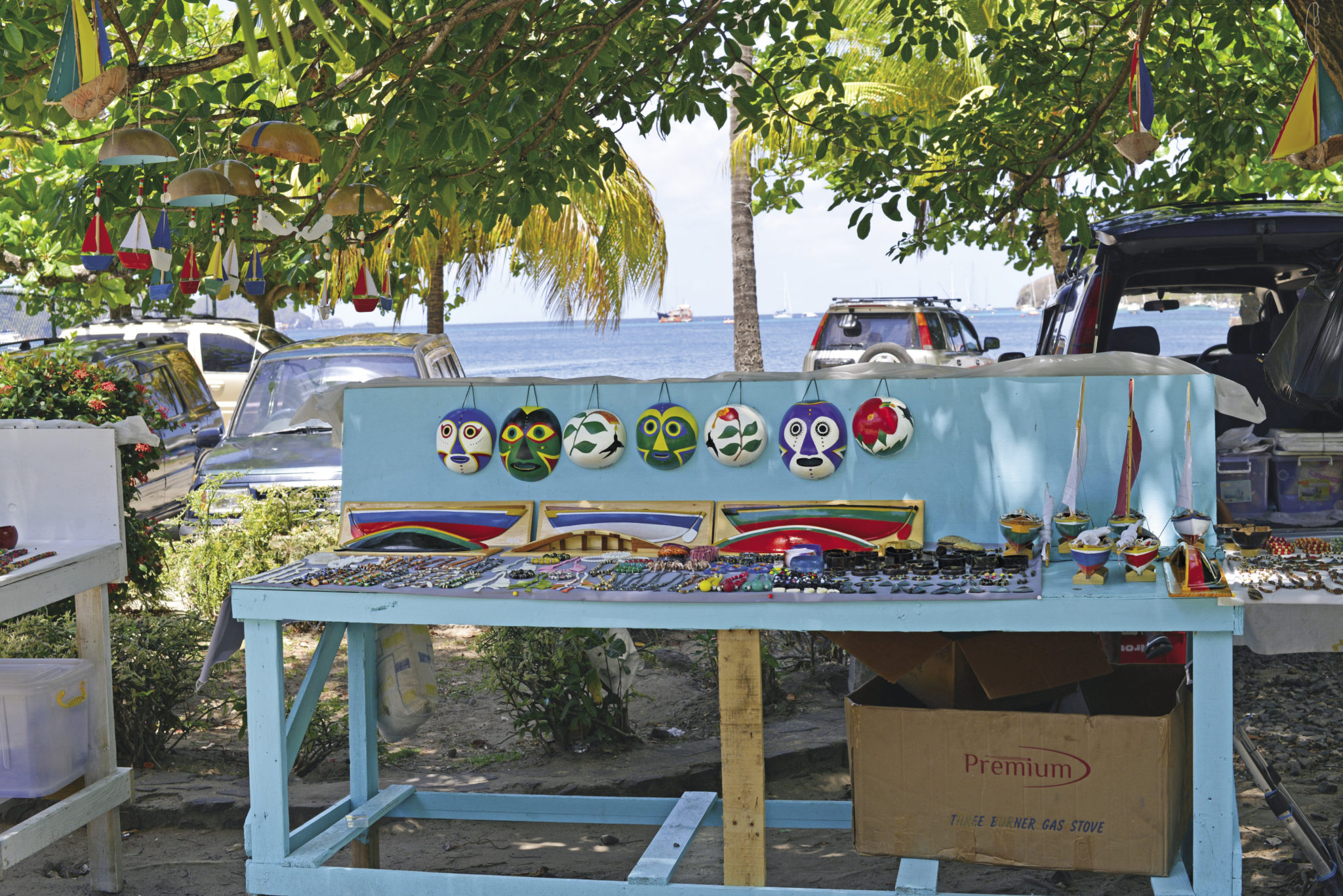
French Antilles
The French Islands were surprising affluent, with wonderful restaurants and ubiquitous, mouth-watering bakeries. Baguettes became an addiction and some were consumed before making it back to the boat!
In Martinique, we visited the site of the 1902 Mount Pelée volcanic eruption. Thirty thousand people from Saint-Pierre died with only two survivors, one of whom was a prisoner in a poorly ventilated jail cell.
We stayed in St Anne’s, a small fishing village, for about 10 days. It became a favorite and was a hard place to leave.
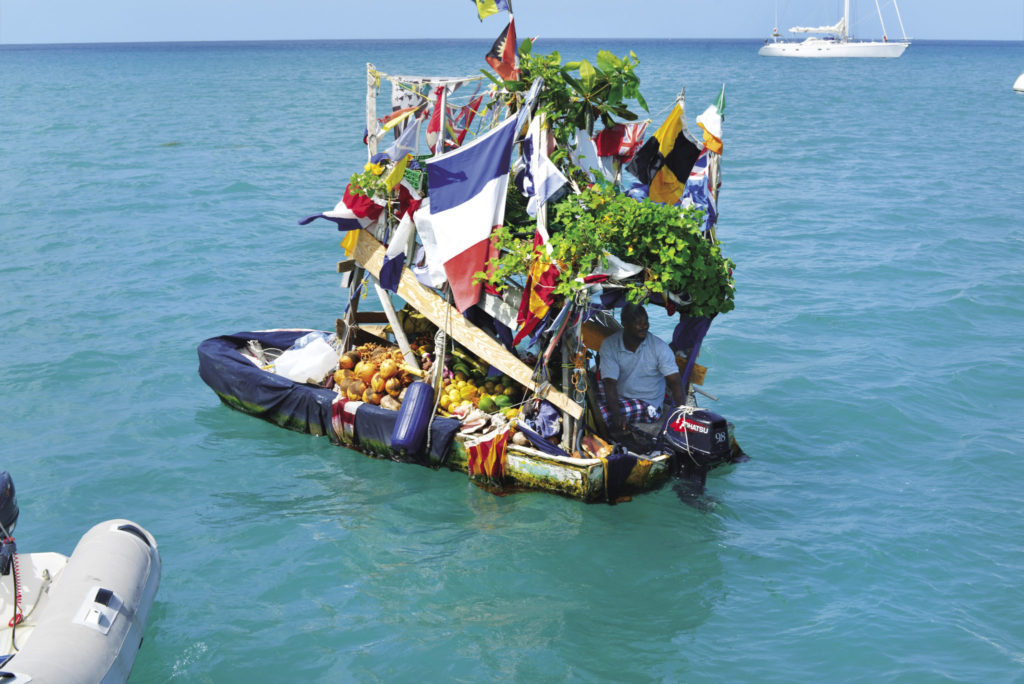

Dominica
Spectacular scenery was the trademark of Dominica. A mountainous, volcanic landscape with lush tropical rainforests and bubbling hot springs, the entire island is covered with hiking trails, the longest of which is 115 miles in length and divided into sections.
The cascading waterfalls and apparently 365 rivers that surround the trails of Dominica make this a popular spot for ecotourism. We visited several places where they had shot the movie “Pirates of the Caribbean,” including the Indian River.
A special trip was made to the Shillingford Estate for some Macoucherie rum, made from local sugar cane. My good friend, Charlie Adams (owner of Artifacts Ltd. in George Town and a rum connoisseur) had mentioned it and said it was one of the best he had ever tasted. Later we learned that the spiced rum apparently contains extract from the bark of the Bois Bande tree. According to the locals, it is said to be an aphrodisiac. Hopefully Charlie will be forthcoming with the results.
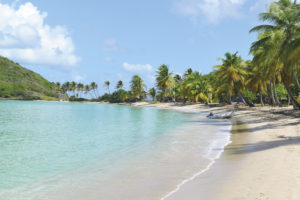
Bequia
Bequia is one of the last remaining places in the world where whaling is still legal. Fortunately, the number of whales caught annually has diminished significantly, but lots of whale artifacts can be purchased. They have a small but interesting whale museum and a large whaling station, courtesy of the Japanese government.
Bequia has a picturesque harbor – Admiralty Bay – filled with numerous cruising yachts. Locally made colorful wooden sailboats line the surrounding beach and can often be seen racing around the bay. We visited a museum shop that also made model wooden boats. They were extremely nice but terribly expensive.
Mustique
Mustique, close by, is a private island of the rich and famous, which is probably one of the reasons why it is kept in pristine condition. We were fortunate to be there for the jazz festival held at Basil’s Bar and, in addition, we managed to get an island tour.
Mustique has a very interesting history and has been a frequent holiday spot for the Royal Family and the many celebrities who own houses there.
Montserrat
Montserrat was an unexpected surprise. After numerous volcanic eruptions since the mid-90s, the entire capital of Plymouth was wiped out and two-thirds of the population left. The main airport was buried in lava in 2010.
The volcano continues to vent ash and smoke and the northern area of the island is uninhabitable. Visits are severely restricted. For a small fee we were able to spend a day in the exclusion zone with a guide. It was a ghost town. Everything was left as it was and no one was to be seen. Hotel rooms still contained newspapers. Paperwork and invoices were still at the hotel reception desks. Most of the floors were covered with a few inches of volcanic ash; meanwhile, the swimming pools were consumed by full plant growth and small trees.
We arrived just before St Patrick’s Day and were surprised to find a large Irish contingent arriving for the celebration and to visit their Irish relatives. No wonder they call it the “Emerald Island of the Caribbean.”
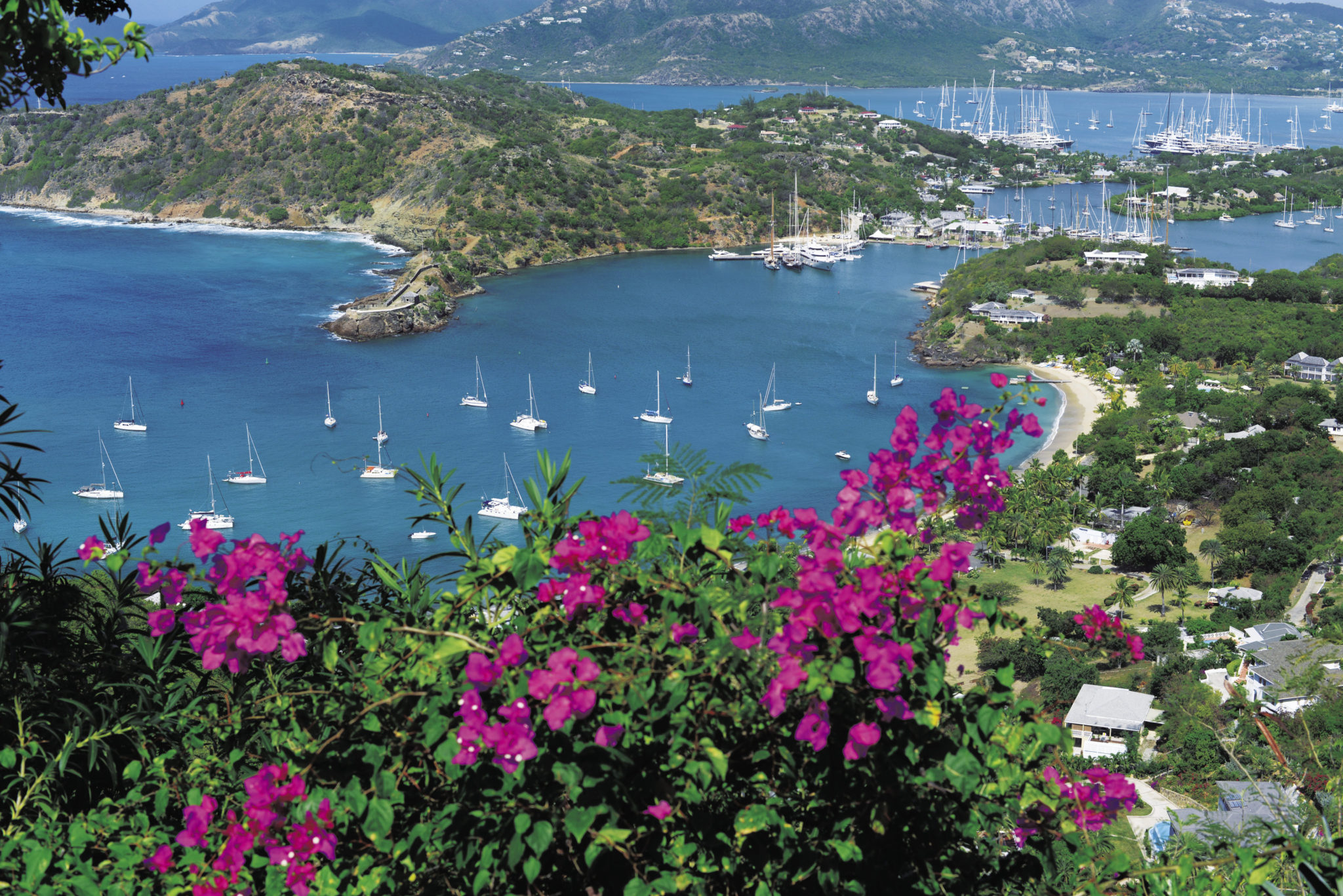
Antigua
We left Montserrat for what we thought would be an easy trip to Antigua; only a small trip of 20 miles. Unfortunately, once offshore we were into 15-foot seas and the wind gusting to 33 knots was on the nose. Fortunately, we got an early start and didn’t arrive until 10 hours later, but still in daylight. It was probably our worst trip ever and somewhat exhausting. We must have sailed at least 40 to 50 miles to achieve that 20-mile crossing. Neither of us was seasick, but we certainly had no appetite for food.
Picturesque English Harbour and Nelson’s Dockyard, Antigua, are full of British Naval history. Anchoring is challenging, as there are still old chains on the sea floor ready to catch the unsuspecting sailor.
We had some great hikes along the towering cliff tops. We were to learn much more about Admiral Nelson later on the island of Nevis, where he was at one time stationed and married Francis Nisbet.
Nevis was incidentally also the birthplace of Alexander Hamilton, one of the Founding Fathers of the United States. The island has a fascinating history and was once the richest island in the Caribbean back in the days of the slave and sugar trade.
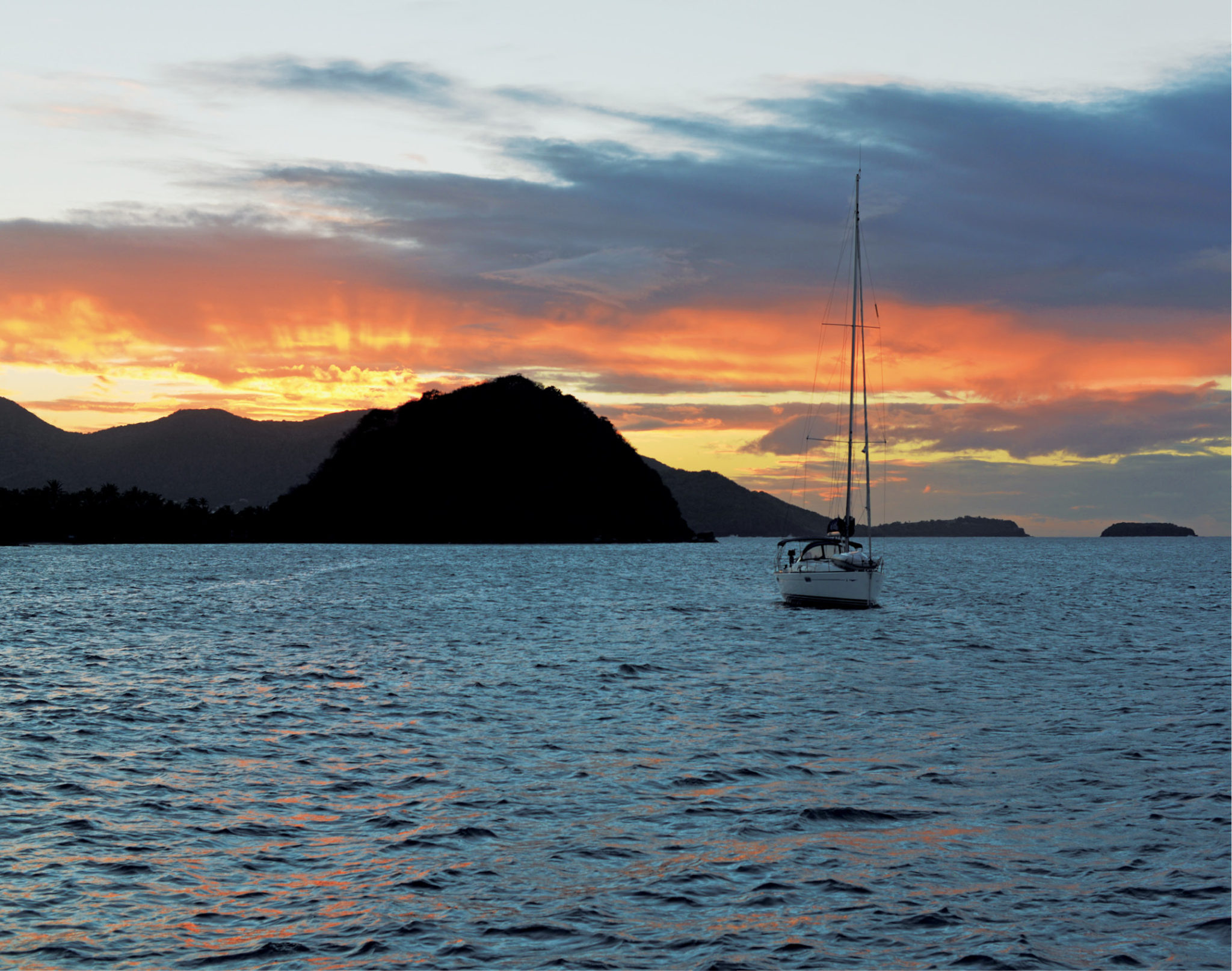
Barbuda
Barbuda was somewhat unusual, in that there has been very little development on the island. We anchored on an 11-mile white sand beach with no one in sight for miles. The main town, Codrington, was without power due to the high winds. Consequently, there were very few supplies as there was no refrigeration.
Barbuda has one of the largest frigate bird colonies in the world but there was not a single bird to be seen. After making enquiries, we were told that the “frigate birds are far too smart to fly in this wind.”
We looked at each other in disbelief after having just sailed for eight hours!
We visited the only hotel we could find on the entire beach and met up with a film crew from the U.S. It seemed that they were quite impressed with our boat, as later that day we became movie stars and helped shoot a commercial for tourism in Barbuda. It was a truly unique experience.
In all, we visited about 20 different islands which helped satisfy our unquenchable curiosity. We met many interesting people and were constantly learning that sailboat cruising is not really a holiday; it’s a lifestyle. The boat requires constant preventative maintenance and cleaning. There is shopping, washing, and cooking to be done, just like anywhere else.
However, we can enjoy the peace and quiet of a secluded anchorage while watching the pelicans dive for their food, as the frigate birds soar above with a watchful eye.
We race with the dolphins who somehow always manage to find us.
At night, we see more stars than we ever thought existed and watch the phosphorescent trail we leave behind us.
We have the ability to sail 200 miles a day without the sound of an engine.
It’s still work, but when work is fun, life is good.
















